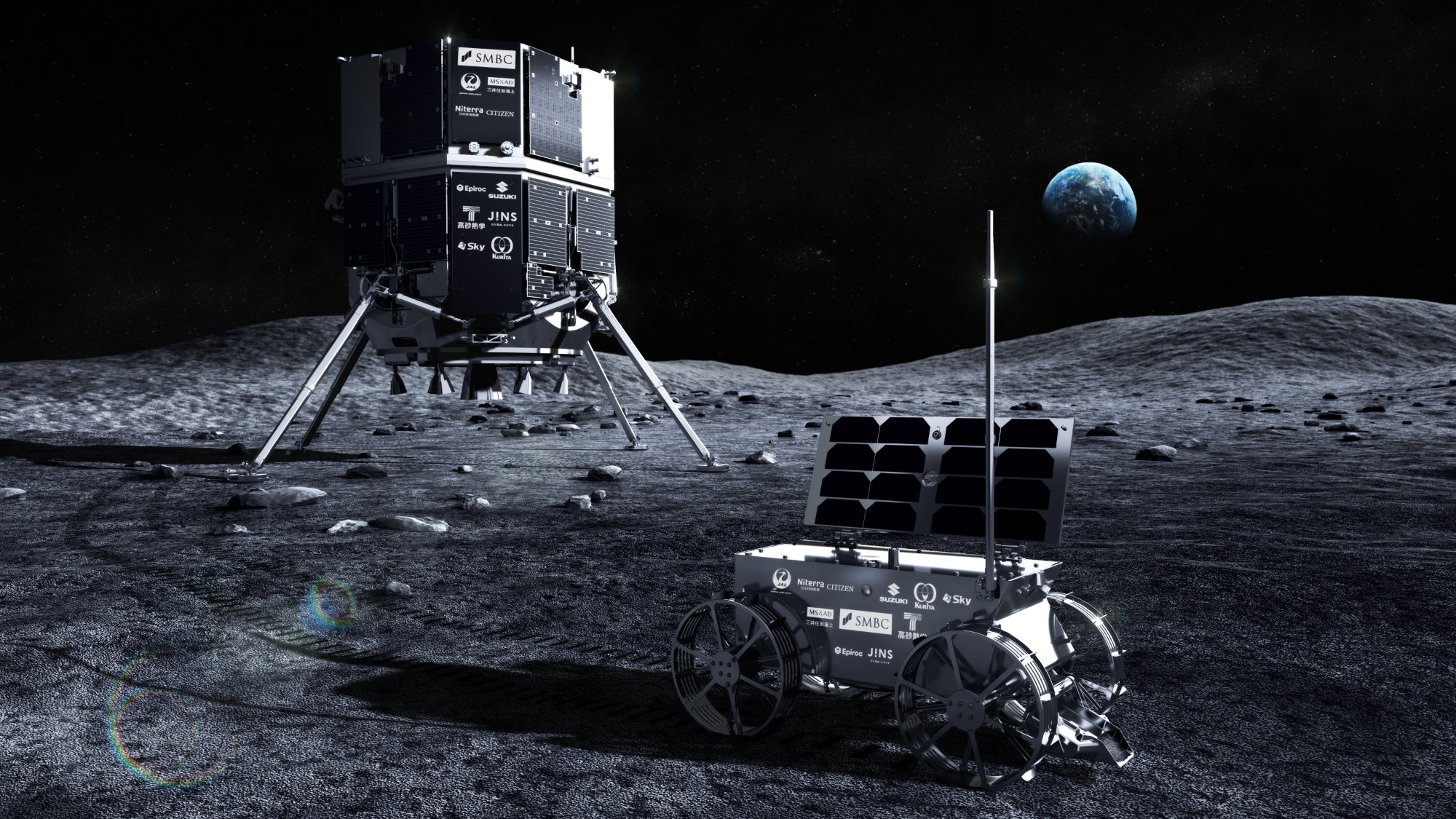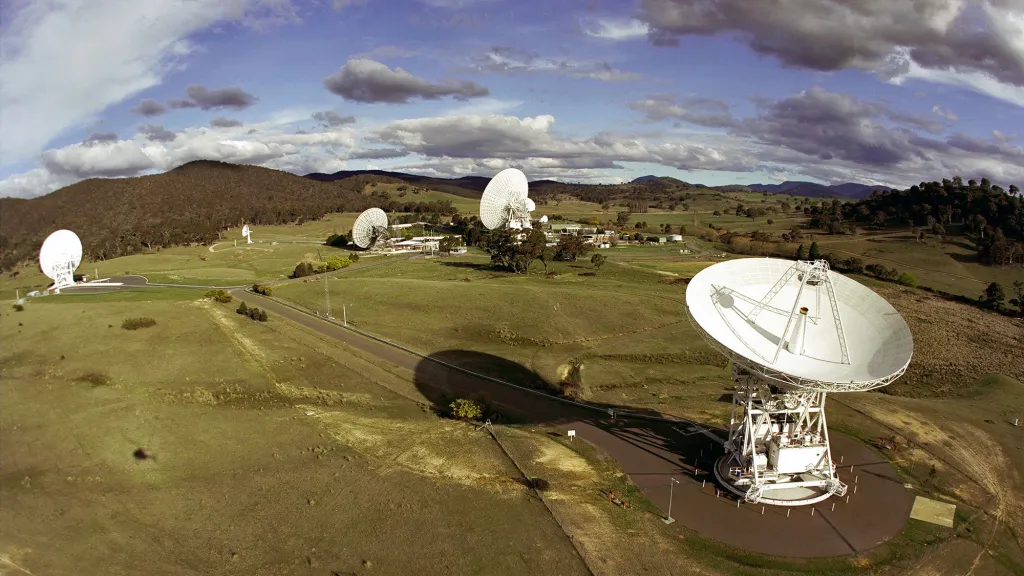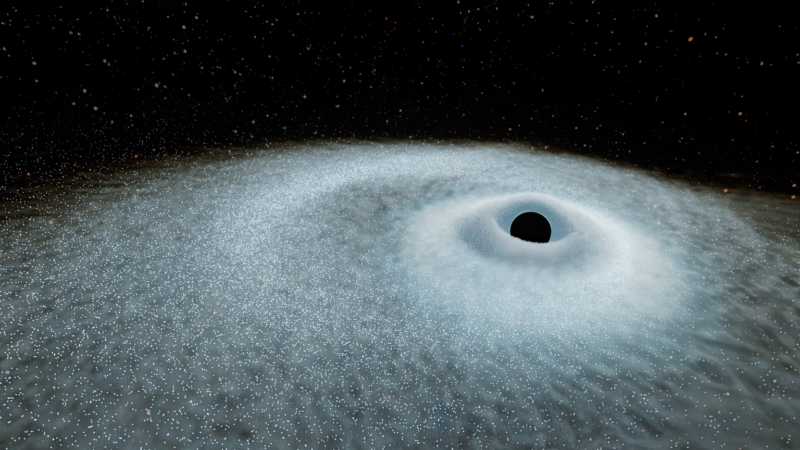Now Reading: HAKUTO-R Mission 2 Faces Failure in Lunar Landing Attempt
-
01
HAKUTO-R Mission 2 Faces Failure in Lunar Landing Attempt
HAKUTO-R Mission 2 Faces Failure in Lunar Landing Attempt


In a significant yet somber chapter in the ongoing saga of lunar exploration, the HAKUTO-R Mission 2, aptly named Resilience, encountered an unfortunate fate during its landing attempt on the Moon. On June 5, 2025, at precisely 19:17 UTC, Resilience aimed to settle upon the lunar surface in the Mare Frigoris region, a site graced by the cold beauty of the Moon’s northern terrain. However, just 90 seconds before touchdown, the connection with the spacecraft was abruptly severed, leaving mission controllers anxiously attempting to salvage what they could of a mission that held so much promise.
This ambitious mission followed the first HAKUTO-R, which had already faltered in its attempts, offering crucial learning experiences for the ispace team. The critical lesson learned from the initial attempt—where a misinterpretation of altimeter data led to a tragic failure—was ostensibly addressed in Resilience’s design. Unfortunately, as it would turn out, the vast distances of space can often play tricks on even the most sophisticated technology.
Resilience had already achieved remarkable feats prior to the landing; it had gracefully journeyed through space, successfully inserting itself into a highly elliptical lunar orbit on May 6. The spacecraft had traveled on a fuel-efficient trajectory, including a flyby of the Moon, ensuring that it was well-prepared for the descent sequence. The mission comprised ten meticulously planned milestones, with the landing marking the climactic ninth step.
During the descent phase, telemetry data illustrated a disconcerting trend. Initially, the lander was only 52 meters from the lunar surface, but moments later, the readings plunged to an alarming -300 meters, indicating an unprecedented descent beneath the lunar surface before communication was lost entirely. Mission controllers quickly assessed the situation, concluding by 8:00 a.m. on June 6 that resuming contact was improbable.
The mission’s ultimate goal was to establish a steady power-positive state through the lander’s solar panels, generating up to 350 watts. This would have been pivotal for powering Resilience’s onboard systems and facilitating communication. Following a successful landing, Resilience was also slated to deploy the Tenacious rover, the first European-built rover intended for lunar operations, which was burdened with various scientific payloads and artistic endeavors.
- Payload Highlights:
- The Tenacious rover, weighing five kilograms and featuring a soil scoop for regolith collection.
- An artistic installation, Moonhouse, designed by Swedish artist Mikael Genberg, poised for a new home on the Moon.
- A water electrolyzer developed by Takasago Thermal Engineering Company aimed at exploring lunar resources.
- A food production experiment from Euglena Company, contributing to potential future lunar habitats.
- A cultural artifact—a memory disk from UNESCO, reflecting the linguistic diversity of humanity, echoing the spirit of the Voyager Golden Records.
The unfortunate conclusion of the HAKUTO-R Mission 2 landing attempt emphasizes the inherent challenges associated with space exploration. Even with the most cutting-edge tech and meticulous planning, the unforgiving nature of the cosmos can yield unforeseen obstacles. The lessons learned from this mission will undoubtedly inform future lunar endeavors, continuing the legacy of perseverance and exploration.
As we gaze skyward, it’s essential to remember that each attempt, whether deemed a success or a failure, contributes to our understanding of the universe. The exploration of the Moon—once considered a mere dream—has transformed into a collaborative pursuit shared by nations and private entities alike, marking a remarkable era in the annals of space exploration.
Stay Informed With the Latest & Most Important News
Previous Post
Next Post
-
 012024 in Review: Highlights from NASA in Silicon Valley
012024 in Review: Highlights from NASA in Silicon Valley -
 02Panasonic Leica Summilux DG 15mm f/1.7 ASPH review
02Panasonic Leica Summilux DG 15mm f/1.7 ASPH review -
 03From Polymerization-Enabled Folding and Assembly to Chemical Evolution: Key Processes for Emergence of Functional Polymers in the Origin of Life
03From Polymerization-Enabled Folding and Assembly to Chemical Evolution: Key Processes for Emergence of Functional Polymers in the Origin of Life -
 04How New NASA, India Earth Satellite NISAR Will See Earth
04How New NASA, India Earth Satellite NISAR Will See Earth -
 05And Thus Begins A New Year For Life On Earth
05And Thus Begins A New Year For Life On Earth -
 06Astronomy Activation Ambassadors: A New Era
06Astronomy Activation Ambassadors: A New Era -
07SpaceX launch surge helps set new global launch record in 2024




















